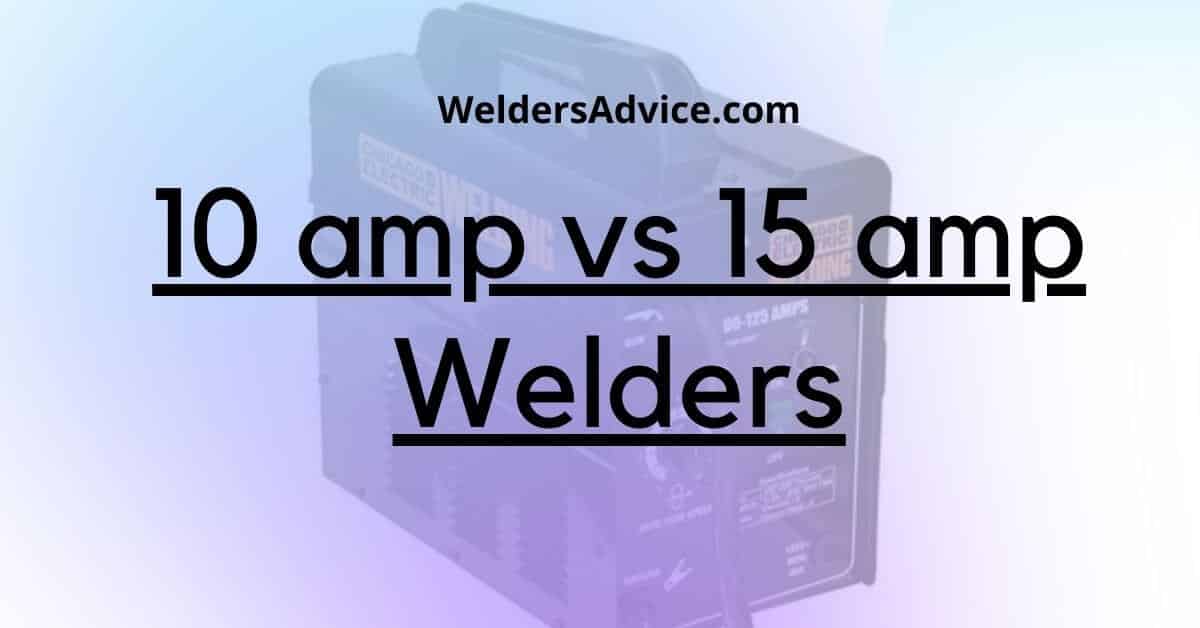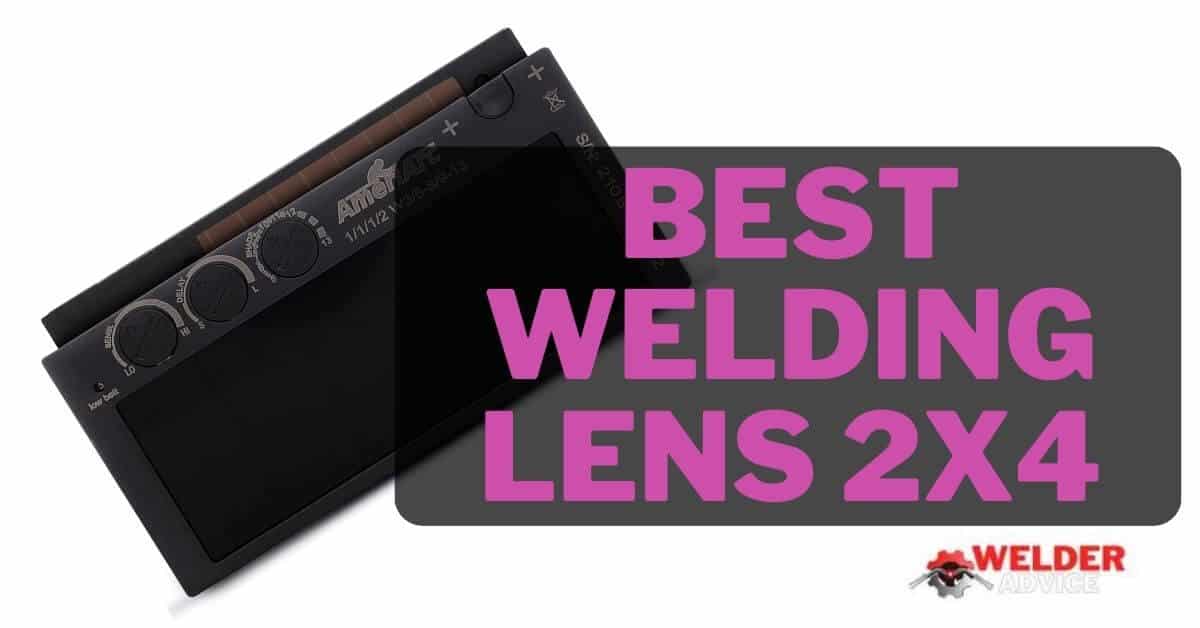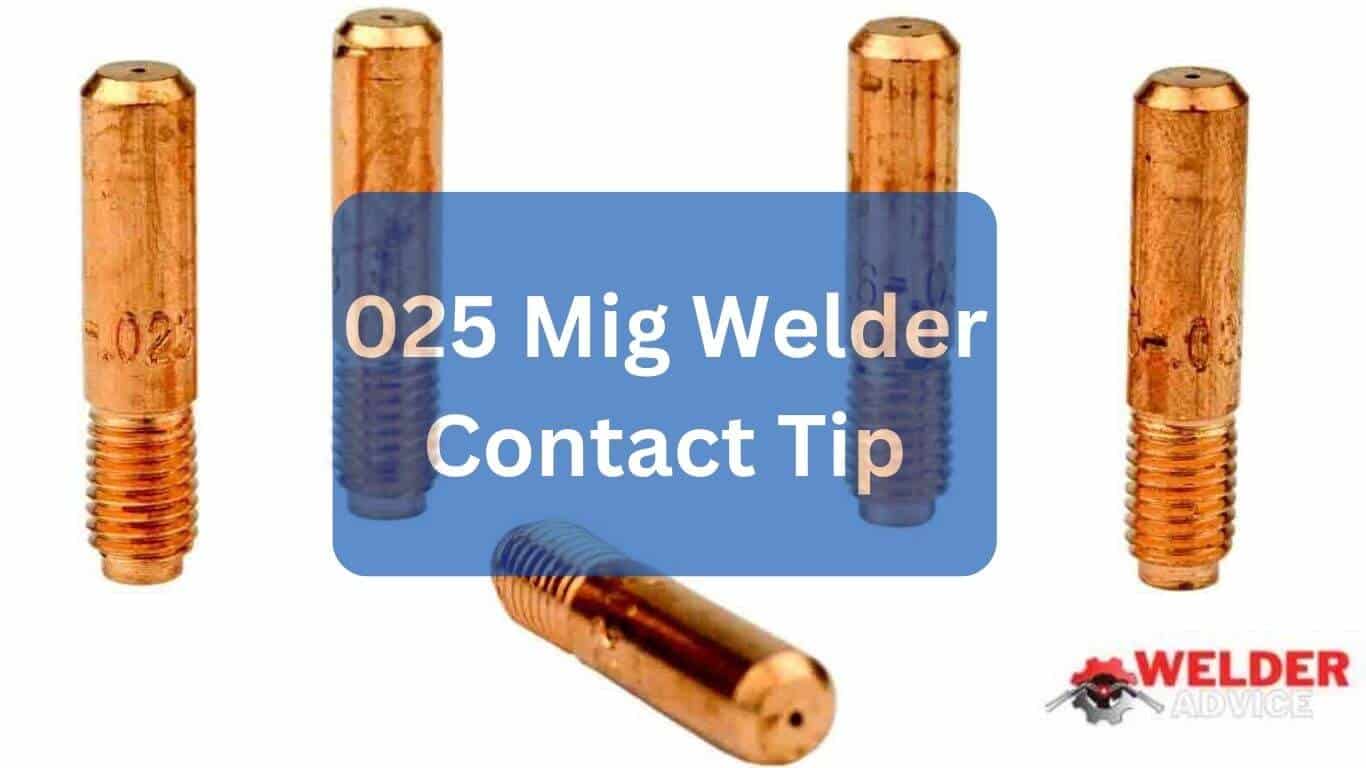Do you want to know about 10 amp vs 15 amp welders? In this blog, we will discuss everything about it. An amp, or ampere, is a unit of electric current. A welder’s amp rating refers to the amount of electrical current the machine can produce. A 10-amp welder can produce a maximum electrical current of 10 amps. This type of welder is generally smaller and less powerful than a 15-amp welder. On the other hand, a 15 amp welder can produce a maximum electrical current of 15 amps. This type of welder is generally more significant and more powerful than a 10-amp welder.
- What is a 10 amp welder?
- What is a 15 amp welder?
- How do 10 amp vs 15 amp welders differ?
- What welding applications is a 10 amp welder suitable for?
- What welding applications is a 15 amp welder suitable for?
- Advantages and disadvantages of a 10 amp vs 15 amp welder
- Advantages of a 10 amp welder
- Disadvantages of a 10 amp welder
- Advantages of a 15 amp welder
- Disadvantages of a 15 amp welder
- How do 10 amp vs 15 amp welders compare in terms of performance?
- Final thoughts on 10 amp vs 15 amp welders
What is a 10 amp welder?
A 10-amp welder can produce a maximum electrical current of 10 amps. This type of welder is generally smaller and less powerful than a 15-amp welder.
Higher amp ratings allow the welder to produce stronger, more stable arcs. These are necessary for certain welding tasks, such as welding thicker materials. However, higher amp ratings also typically mean that the welder is larger and more expensive.
10 amp welders are generally best for smaller, more lightweight welding tasks, such as repairing auto body panels or working on small home projects. They are also typically more portable than 15 amp welders, making them a good choice for those who need a welder that they can easily transport.
What is a 15 amp welder?
A 15-amp welder can produce a maximum electrical current of 15 amps. This type of welder is generally more significant and more powerful than a 10-amp welder.
15 amp welders are generally best for larger, more heavy-duty welding tasks, such as welding structural steel or building a trailer. They are also suitable for a wider range of welding tasks. Their increased power output allows them to produce stronger, more stable arcs. However, 15 amp welders are typically less portable than 10 amp welders due to their larger size and weight.
How do 10 amp vs 15 amp welders differ?
There are several differences between 10 amp and 15 amp welders:
Power output
The main difference between 10 amp and 15 amp welders is the amount of electrical current they can produce. A 15 amp welder is generally more powerful than a 10 amp welder. Which means it can produce stronger, more stable arcs. This makes it better suited for specific welding tasks like welding thicker materials.
Portability
10 amp welders are typically smaller and lighter than 15 amp welders, which makes them more portable. If you need a welder that you can easily transport from one job site to another, a 10-amp welder may be better.
Price
15 amp welders are generally more expensive than 10 amp welders. This is due to their larger size and increased power output.
Suitability
The power output and portability of 10 amp and 15 amp welders make them better suited for different welding tasks. 10 amp welders are generally best for smaller, more lightweight tasks, such as repairing auto body panels or working on small home projects. 15 amp welders are generally better for larger, more heavy-duty tasks, such as welding structural steel or building a trailer.
It’s essential to consider the power output, portability, and price when deciding which type of welder is best for your needs.
Also Read: Overcome the Disadvantages of Salt Water Welding
What welding applications is a 10 amp welder suitable for?
A 10 amp welder is generally best suited for smaller, more lightweight welding tasks. Some examples of welding applications that a 10 amp welder might be suitable for include:
- Repairing auto body panels
- Welding thin sheet metal
- Working on small home projects
- Welding thin-gauge steel or aluminum
- Welding thin pipes or tubes
It’s important to note that 10 amp welders are not as powerful as 15 amp welders. So they may not be suitable for heavier-duty welding tasks that require more stable arcs. Such as welding thick materials or structural steel. In these cases, a 15 amp welder would be a better choice.
It’s also worth considering the type of welder that you are using. Some types of welders, such as MIG welders, are generally more suitable for lighter-duty tasks, while others, such as stick welders, can handle a wider range of tasks.
What welding applications is a 15 amp welder suitable for?
A 15 amp welder is best suited for larger, more heavy-duty welding tasks. Examples of welding applications that a 15 amp welder might be suitable for:
- Welding thick materials or structural steel
- Building a trailer
- Welding heavy machinery or equipment
- Welding in a production setting
It’s also worth considering the type of welder that you are using. Some types of welders, such as TIG welders, are generally more suitable for heavy-duty tasks, while others, such as MIG welders, are better suited for lighter-duty tasks.
Advantages and disadvantages of a 10 amp vs 15 amp welder
Here are the key points to consider when comparing 10 amp vs 15 amp welders:
Advantages of a 10 amp welder
- Smaller and more portable
- Typically less expensive
Disadvantages of a 10 amp welder
- Lower output and not as powerful
- Not suitable for thick materials or heavy-duty applications
- It may take longer to complete a welding job
Advantages of a 15 amp welder
- More powerful and versatile
Disadvantages of a 15 amp welder
- Larger and heavier
- More expensive
How do 10 amp vs 15 amp welders compare in terms of performance?
Power output
15 amp welders are generally more powerful than 10 amp welders, which means they can produce stronger, more stable arcs. This makes them suitable for a wider range of welding tasks, including heavier-duty tasks such as welding thick materials or structural steel.
Suitability for different welding tasks
The power output of 10 amp and 15 amp welders makes them better suited for different welding tasks. 10 amp welders are generally best for smaller, more lightweight tasks, such as repairing auto body panels or working on small home projects. 15 amp welders are generally better for larger, more heavy-duty tasks, such as welding structural steel or building a trailer.
Ease of use
The performance of 10-amp vs 15-amp welders may also depend on the type of welder you use. Some types of welders, such as MIG welders, are generally easier to use than others, such as TIG welders, which require more skill and practice to master.
Overall, 15 amp welders perform better than 10 amp welders due to their higher power output and wider range of applications. However, the performance of a welder also depends on the specific welding task and the skill and experience of the welder.
Final thoughts on 10 amp vs 15 amp welders
In summary, 10 amp vs 15 amp welders are two different types. They differ in power output, portability, price, and suitability for different welding tasks. When deciding which type of welder is best for your needs, it’s essential to consider the power output, portability, price, and suitability for different welding tasks. If you need a welder that you can easily transport from one job site to another, that is suitable for small, lightweight welding tasks. A 10 amp welder may be a good choice. If you need a more powerful welder for larger, heavier-duty tasks, a 15 amp welder may be a better option.






